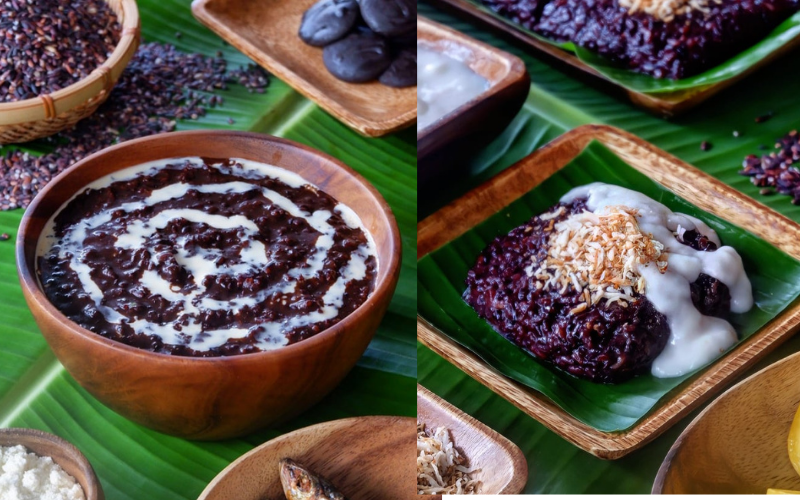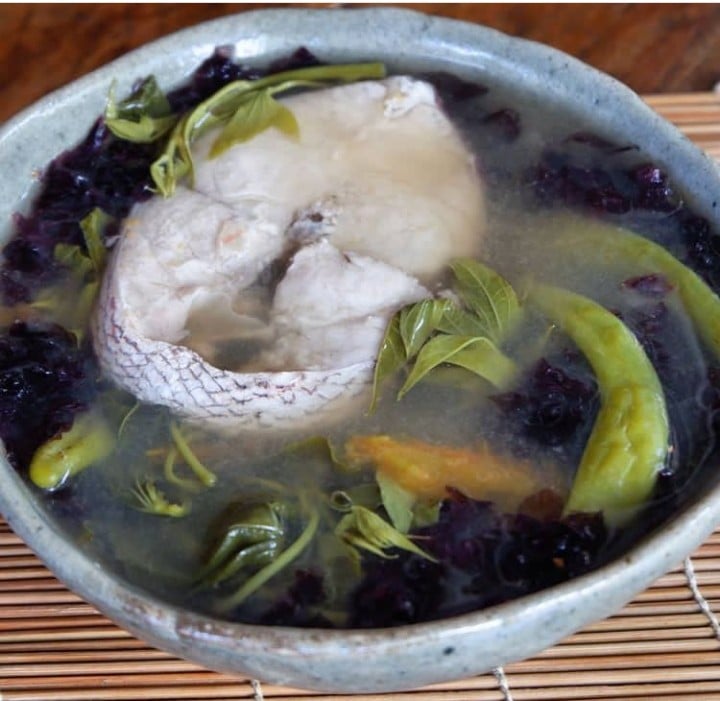These local ingredients show that Filipino cuisine is a far-reaching experience in itself
Filipino cuisine has had its shining moments in the culinary spotlight, but there’s still so much of its sheer magnitude waiting to be taken in.
The late great Anthony Bourdain, who once declared sisig as one of his favorite dishes, forged an undeniable connection with the Philippines through Filipino food. When asked by journalist Ces Drilon when he thought our delicious dishes can have their claim to global fame, he referred to it, like for any cuisine’s popularity, as an “organic process.” Food lovers, the storyteller added, may then have to find that out for themselves.
While big names like Bourdain and renowned culinary expert Andrew Zimmern have predicted that Filipino food could be at the forefront of the international food scene, a huge chunk of it is still yet to be celebrated. Case in point: Just last month, a Filipino-Norwegian MasterChef Norway judge said on national television that our food is “very bad.” For him, it “does not have the same taste composition as Thai food” as it’s “more on the sour side.” Perhaps it’s time to think again.
There are a lot of unique local ingredients that make every dish an adventure. Even Filipinos didn’t realize this until they came across a Facebook post by Pinoy foodie and amateur cook John Sherwin Felix, who gave netizens a glimpse of local food products that remain obscure to many. Discovered during his out-of-town travels, some are indigenous while others were introduced and have since become part of our food heritage.
Among the delectable food components shown in the gallery above, the Ominio/Balatinaw rice variety surprised Felix the most. From the Rice Terraces of the Cordillera, this black (deep purple) glutinous rice is amped up with cocoa notes and aroma. “I love using it for biko and champorado,” he told PhilSTAR L!FE.

Another great combo would be sinigang made with gamet—a wild seaweed from Santa Praxedes, Cagayan. “It gives another level of umami flavor in broth or soup dishes like sinigang na hipon or isda,” said Felix.

The most utilized food item in his pantry, however, is the Asin Tibuok. This kind of artisanal salt from Albuquerque, Bohol gives off a smokey taste that goes perfectly with grilled meat.

Now, let’s go back to the aforementioned interview with Bourdain. He advised that a cuisine’s popularity lies in “creating something good” and “serving it long enough.” This is in line with his belief that “people would build their own conceptions and misconceptions about what an entire nation’s cuisine is based on their exposure to it.” Who knows? Maybe if we start exploring such wonderfully produced local ingredients more, they could, someday, help us get there.
Photos and photo gallery captions by John Sherwin Felix





























